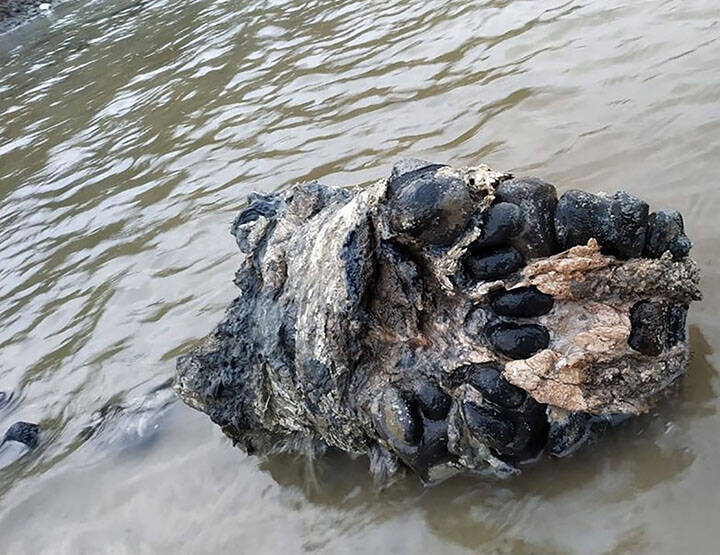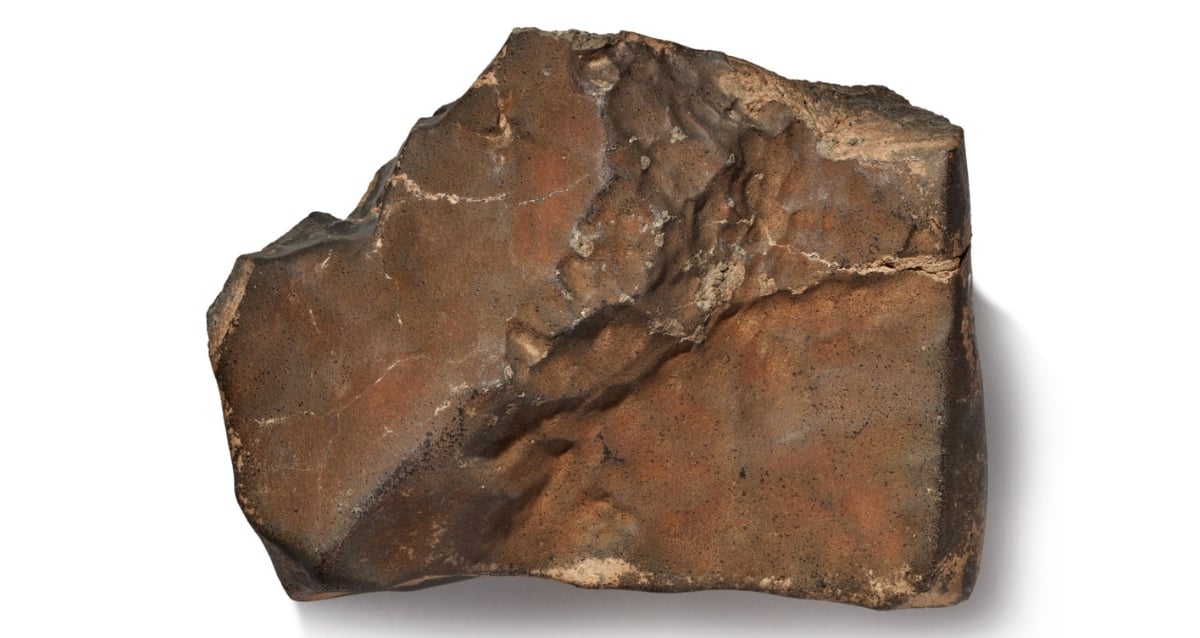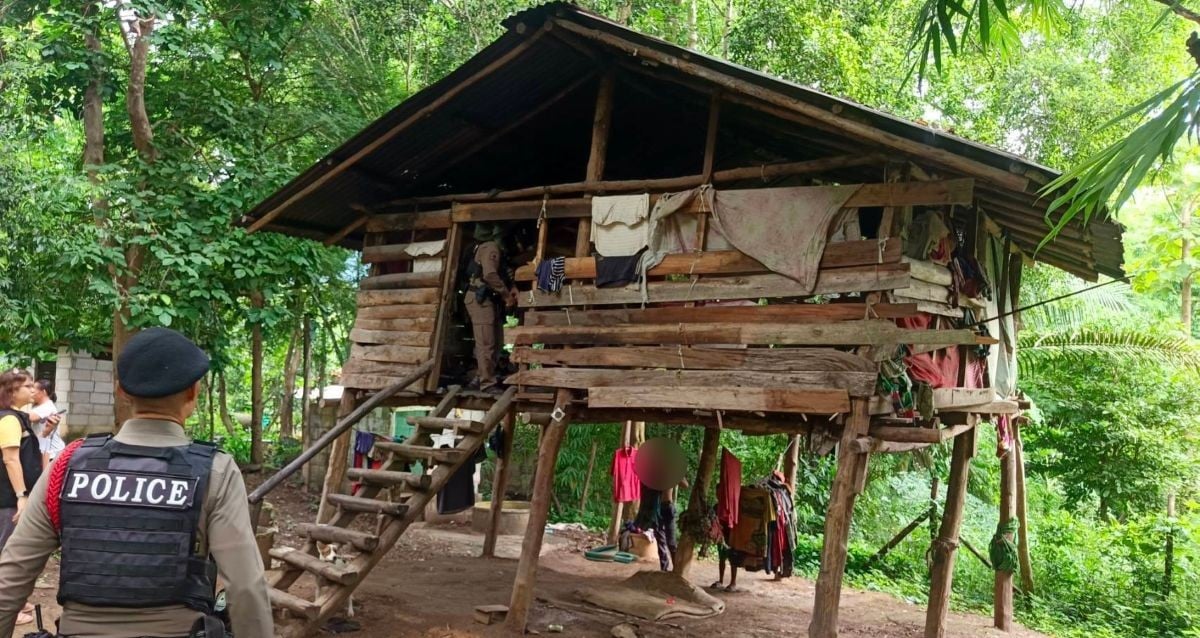“Frozen in Time: Reindeer Herders Unearth Remarkably Preserved 10,000-Year-Old Woolly Mammoth Skeleton with Surprising Ligaments Intact!”
A similar discovery was made on the other side of the world in May 2020, when the remains of 60 individual mammoths were retrieved from a construction site right outside of Mexico City, Mexico.
Some 15,000 years ago that site had been the location of an ancient lake known as Xaltocan, where giant mammoths and other beasts of the time would have congregated.
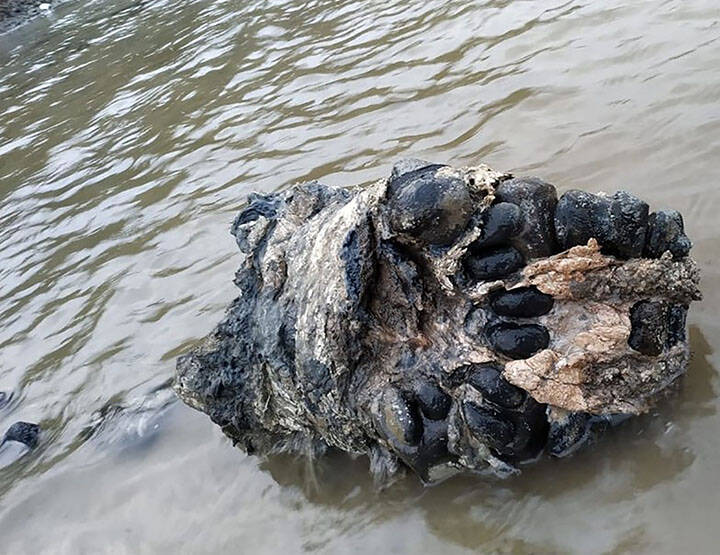
Stanislav Vanuit/TwitterThe skull of the mammoth found in Pechevalavato Lake.
Experts suspect that the mammoths in the ancient lake in Mexico died after they became trapped in the surrounding mud and it’s likely that early human hunters capitalized on their misfortune. It took six months for a team of researchers to dig out the remains and work on the site continues today.
The frozen tundra of the Siberian permafrost, however, has been famously known to produce unbelievably well-preserved specimens from prehistoric times. For instance, scientists were even able to analyze the DNA of a 28,000-year-old woolly mammoth specimen that was found incredibly well-preserved in the permafrost in 2011. The analysis showed that the DNA was still alive and active.
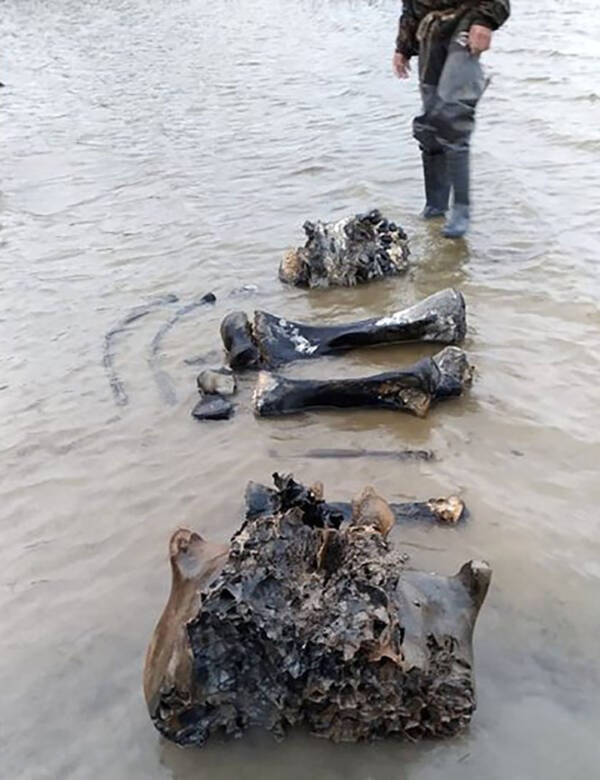
Stanislav Vanuit/TwitterResearchers hope to find more of the skeleton.
“Until now many studies have focused on analyzing fossil DNA and not whether they still function,” said study author Kei Miyamoto from the Department of Genetic Engineering at Kindai University. “This suggests that, despite the years that have passed, cell activity can still happen and parts of it can be recreated.”
